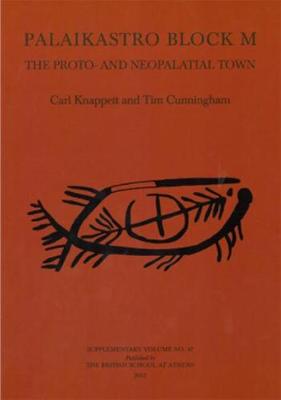British School at Athens Supplementary
1 total work
v. 43
When Sir Arthur Evans was establishing the chronology of the Minoan period at Knossos in the early twentieth century, Robert Carr Bosanquet and his team from the British School at Athens began to define the contemporary sequence at Palaikastro in eastern Crete. One of the aims of the recent British School excavations at Palaikastro is to refine the early excavators results and to explore social, political and environmental change within the Cretan Bronze Age. The discovery of two wells with undisturbed layers of the LM IB to LM IIIA2 periods (the fifteenth and fourteenth centuries BC) provided a rare opportunity to study the pottery chronology and development in detail, but also to look at diet, foreign connections, and religious practices at that time. One surprise was the discovery of the remains of several dogs related to the modern Cretan Tracer Hound. Another was part of an exquisite stone vase with dolphins carved in relief. This volume gives the first detailed template of LM IB to LM IIIA2 pottery at Palaikastro along with final reports on the wells excavation and complete contents by members of the international team of specialists who excavate at Palaikastro.
